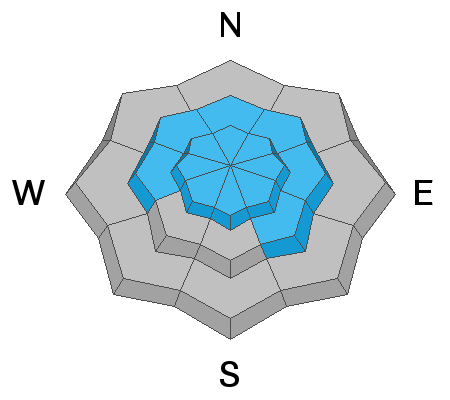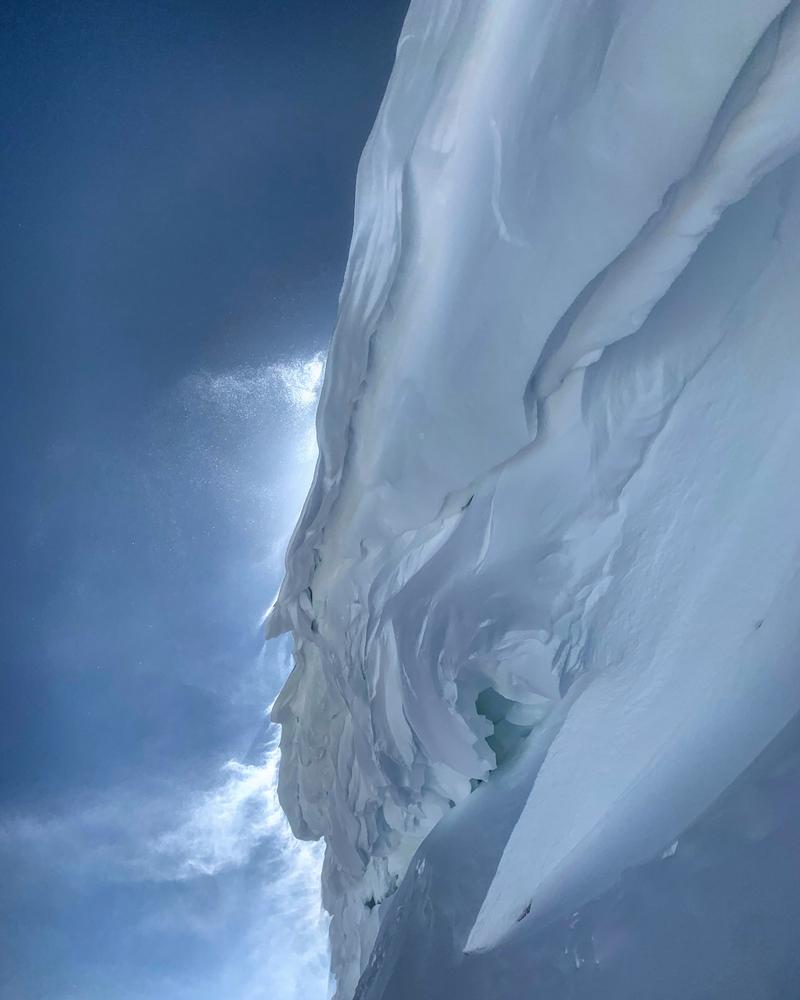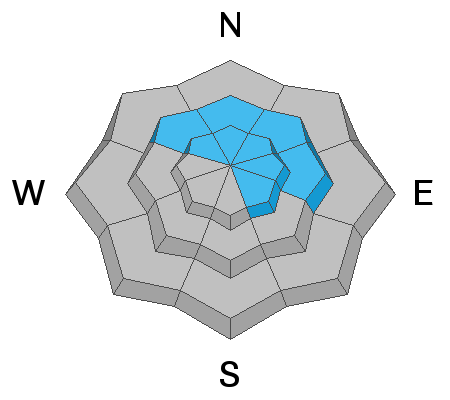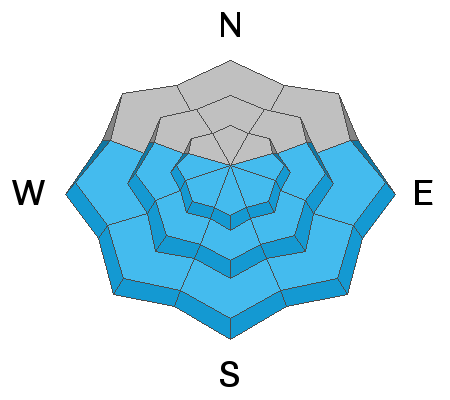Forecast for the Provo Area Mountains

Issued by Drew Hardesty on
Tuesday morning, February 12, 2019
Tuesday morning, February 12, 2019
Avalanche conditions in the Provo mountains continue to be complex and dangerous. Areas of CONSIDERABLE danger still exist in the mid and upper elevations for artificially (human/cornice) triggered avalanches stepping down into older weaker layers 2-6' deep. Increasing southwest winds will allow for sensitive wind drifts in steep slopes where some may be triggered at a distance. Last but not least, the danger for wet avalanches will rise in lockstep with direct sun and daytime warming.
Big Picture: With strong wind, warming temps and heavy dense snow in the coming days, the danger will be on the rise.
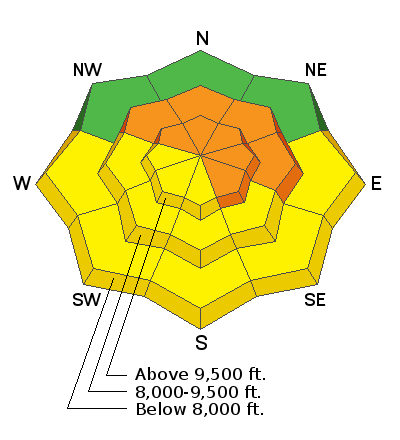
Low
Moderate
Considerable
High
Extreme
Learn how to read the forecast here


